EPA’s Power Plant Carbon Rules Are Critical—and Complex. Here’s What to Know, and What to Watch.
Union of Concerned Scientists
APRIL 20, 2023
All across the country, coal- and gas-fired power plants are still running, still polluting, and still showing signs of staying relentlessly online. And more gas is slated to come. Section 111 of the Clean Air Act constrains how EPA sets standards—but gives states wide latitude in implementation.



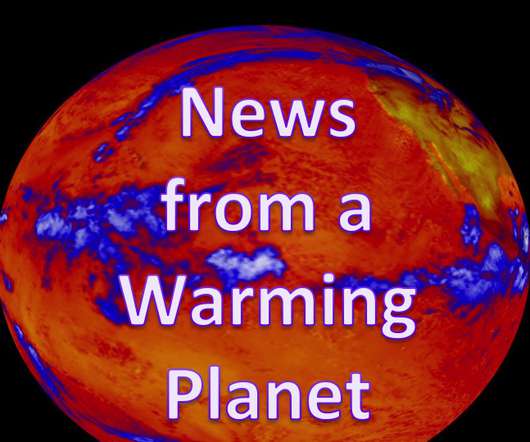

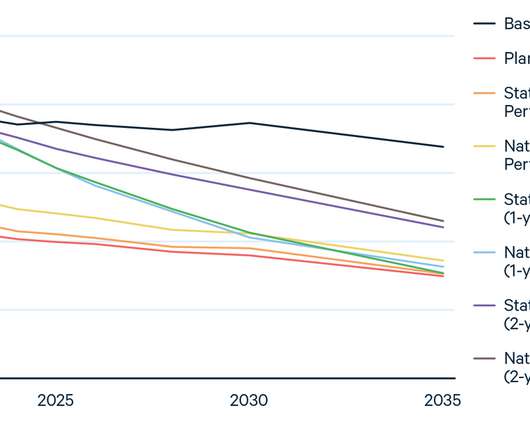

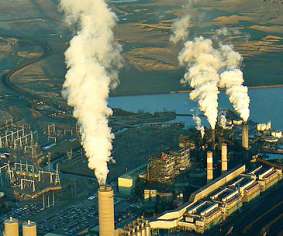
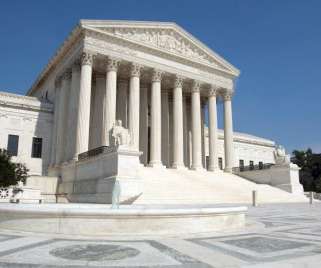
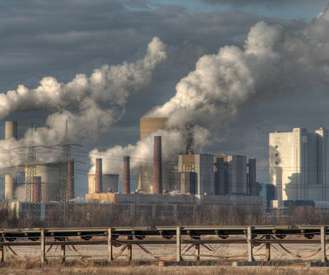
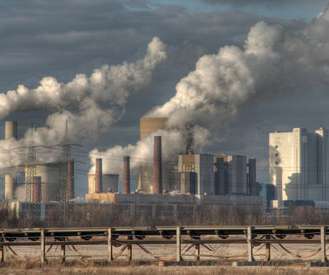

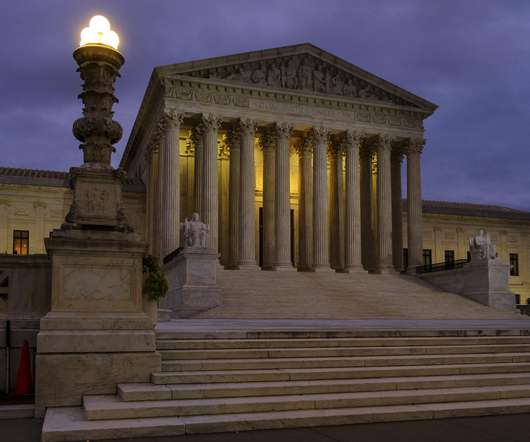










Let's personalize your content